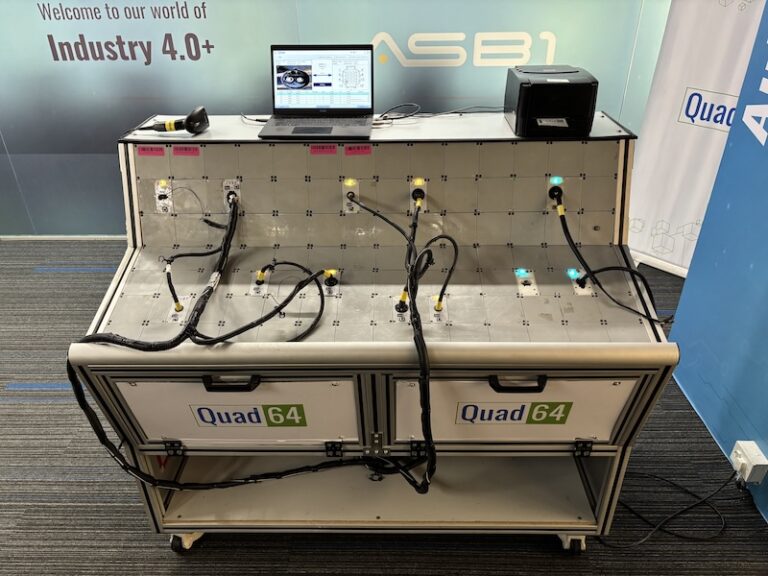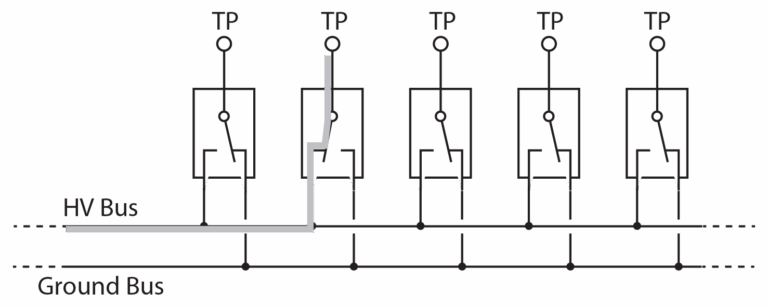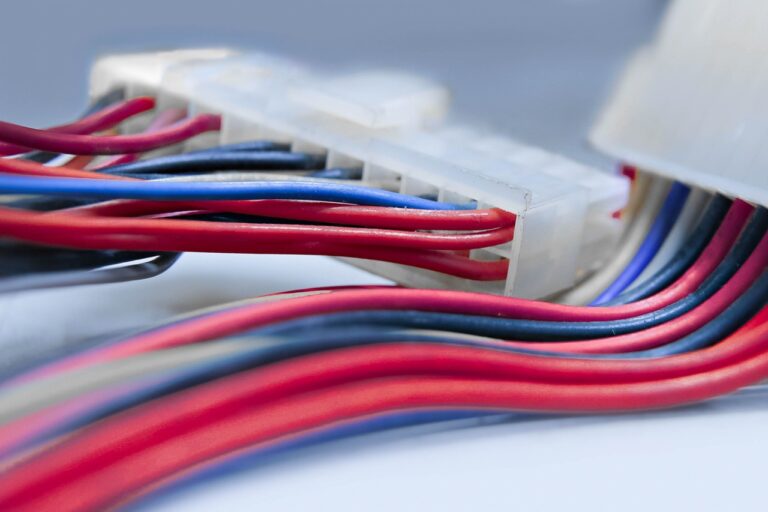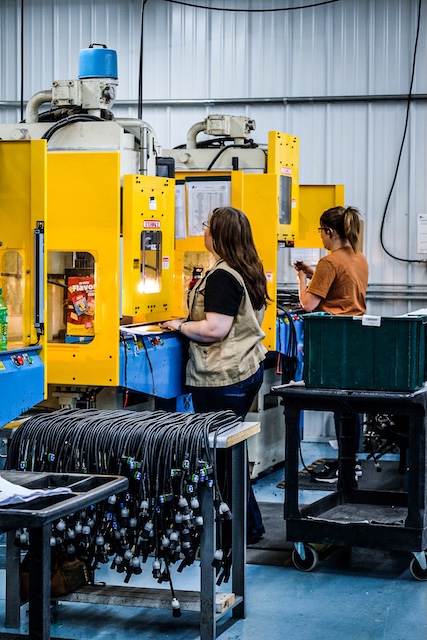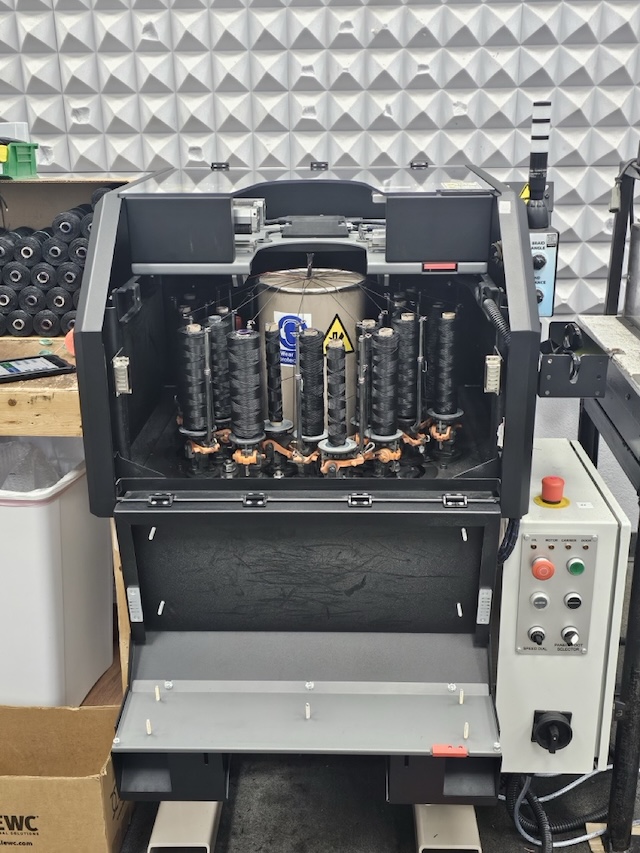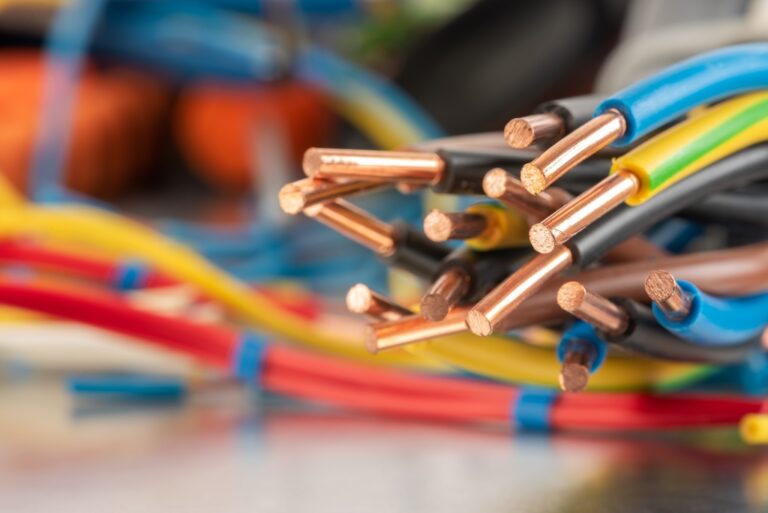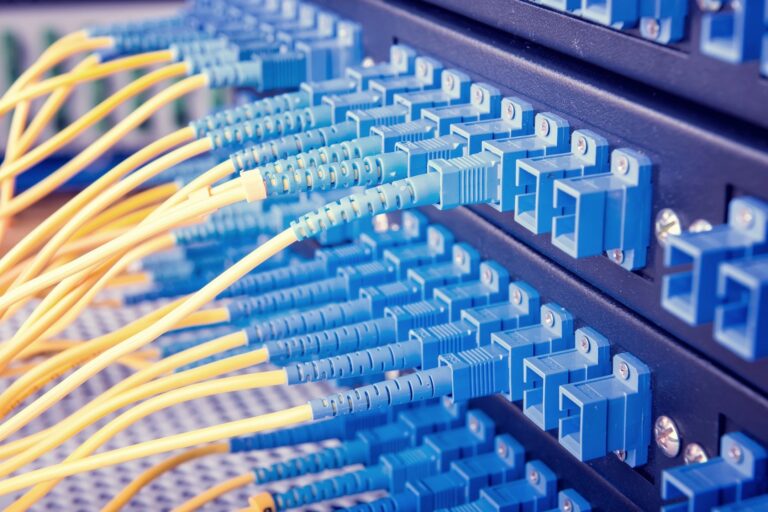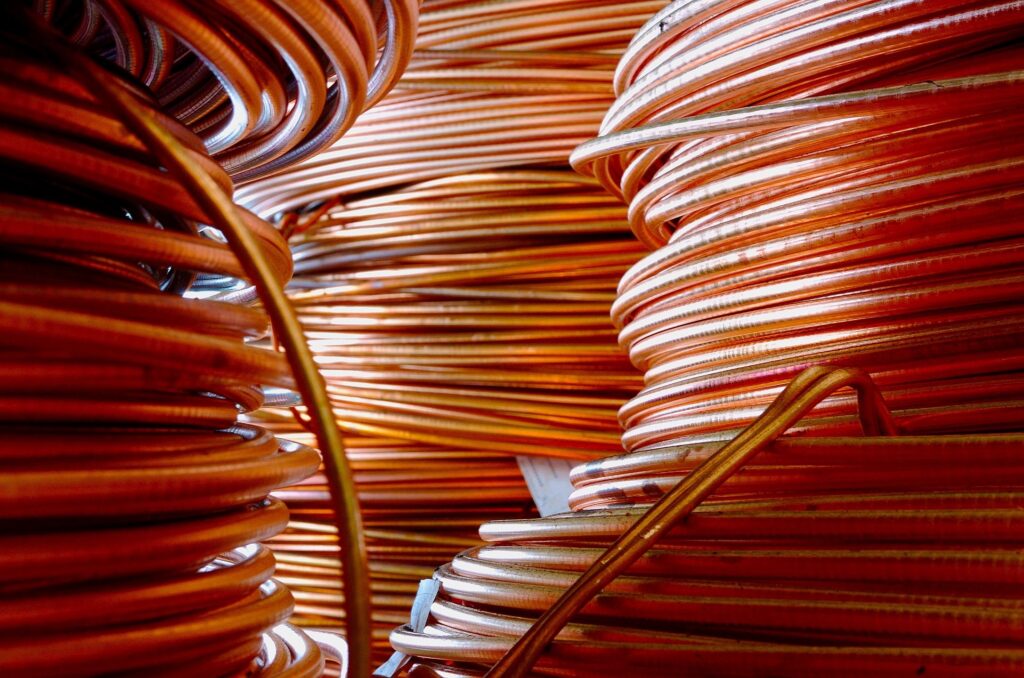Cable Factors That Can Affect Attenuation
Editorial for Wiring Harness News
Authored by: WESCO | Anixter
Attenuation is the loss of signal strength in electronic/electrical cables, fiber systems and their connections. This is typically measured in decibels (dB). Attenuation or voltage can occur due to a variety of influences. As the signal travels through the copper wire conductor, some of the signal will be absorbed. It may cause signals to become distorted or undetectable. An example of this is Wi-Fi signal at home – signal strength can become noticeably weaker the farther away your device is from the router.
When measuring attenuation in a wired network, the greater the signal strength over a long distance, the more effective the cable is. Less efficient cables will struggle with signal attenuation, and networking administrators may need to adjust the cable type or insert amplifiers or repeaters to boost the signal strength. Keep in mind that the more signal amplifiers applied, the slower the signal speed will become between end points and the more distortion occurs due to the extra components that have been added.
Amplification can also affect the noise in the transmission, potentially degrading the quality of the signal. Noise can come in the form of electromagnetic frequencies, electrical currents, wire leakage or wireless signals. All networking and electrical/electronic cables give off an electromagnetic frequency within the cable. The more frequencies there are within a particular space on the factory floor, the more noise there is. This can further attenuate and hinder the signal’s strength.
Attenuation will occur with any cable type or wireless connection, including the following:
- Electrical/electronic cables
- Coaxial cables
- Fiber cables
- Satellite
- Radio signals
- Wireless networks
Attenuation is generally associated with data cables and is calculated as a ratio of the power input signal to output signal, which is measured in decibels per unit length (db./ft.). Attenuation is a result of resistance in the conductor and associated dielectric losses. This is exaggerated by longer run lengths and higher frequency signals. You can lower the attenuation by improving the dielectric properties of the insulation and increasing the conductor size. The lower the attenuation figure over any given measurement of distance, the more efficient the cable is.
Coaxial Cable Attenuation
It may seem obvious that the longer the cable run, the greater the loss. With coaxial cable, or coax, it is also found that the loss is frequency dependent, broadly rising with frequency, though the actual level of loss is not linearly dependent upon the frequency. The attenuation of coax cables also tends to increase with time.
There are three main elements to the coax cable loss:
Resistive Loss
Resistive losses within the coax cable come from the resistance of the conductors and the current flowing in the conductors, which will result in heat being dissipated. The actual area through which the current flows in the conductor is limited by the skin effect (at higher frequency on the outer surface of the conductor). This becomes increasingly apparent as the frequency increases. To help alleviate this problem, stranded conductors are often used. To reduce the level of loss due in the coax cable, the conductive area must be increased, resulting in low loss coax cables being made larger. Importantly, the resistive losses increase with the square root of the frequency.
Dielectric Loss
The dielectric loss denotes another of the major losses arising in most coax cables. You may recall that the power – because of dielectric loss – manifests itself as heat dissipates within the dielectric material. The dielectric loss is independent of the size of the coax cable, and it increases linearly with the frequency. This means that resistive losses dominate at lower frequencies. However, as resistive losses increase as the square root of frequency, and dielectric losses increase linearly, the dielectric losses are larger at higher frequencies.
Cable Loss Due to Flexing
Although many coax cables are flexible, the level of loss or attenuation will increase, particularly if the coax cable is bent sharply – even if within the recommended bend radius. This increase in loss can arise as a result of distortion of the braid and as a result of changes to the thickness and stress dielectric material when bent.
Additional Factors
Other coaxial cable factors that can negatively affect attenuation include:
- Increased attenuation due to braid contamination
- Losses due to moisture entry into the coax
- Losses due to degradation of braid
Regarding degradation of braid, the loss in coax cables that are designed with bare copper braids or tinned copper braids often exhibits more degradation than in those with silver-plated braids, though the silver-plated braids can be more expensive. Moreover, braids using tinned copper platting often exhibit about 20 percent greater loss than those using bare copper.
The loss introduced by a coax cable is significant – power lost that can never be regained. The loss of power will degrade the overall coaxial cable’s system performance. Any decision regarding the type of coaxial cable construction to be used will be a balance of factors including application, temperature, loss, size, weight, cost, impedance, flexibility, chemical resistance, long-term stability and velocity of propagation.
A Partner in Innovation
WESCO | Anixter is your partner in innovation, dedicated to offering ingenious solutions that keep our world running and advancing. We bring together nearly 100 years of supply chain solutions expertise, 70+ engineers in our global Technology & Support Services team, and access to breakthrough technology partners through our innovation lab. Drawing on our unique skills and experience, we build comprehensive and practical solutions to solve your most important challenges.

























